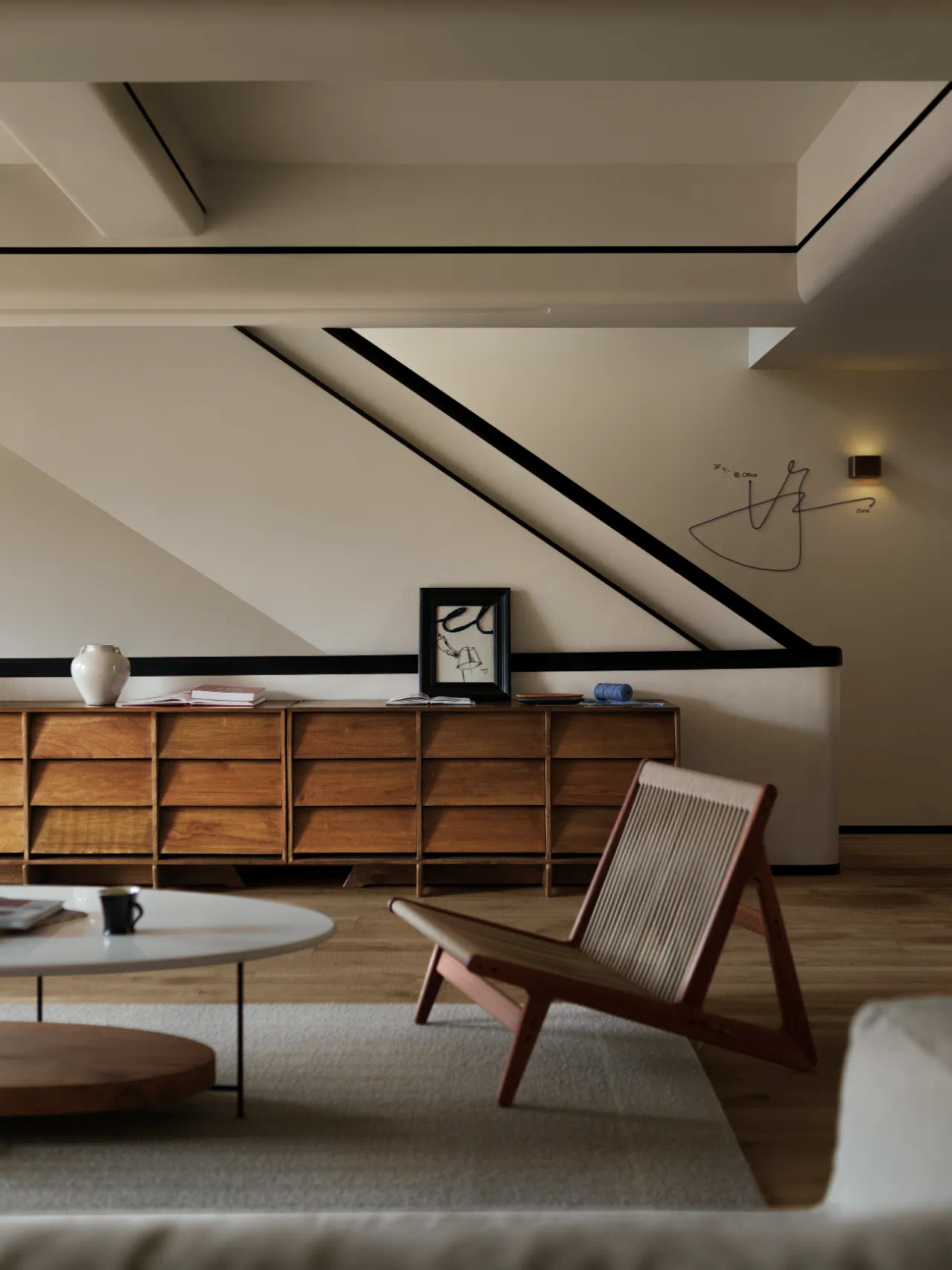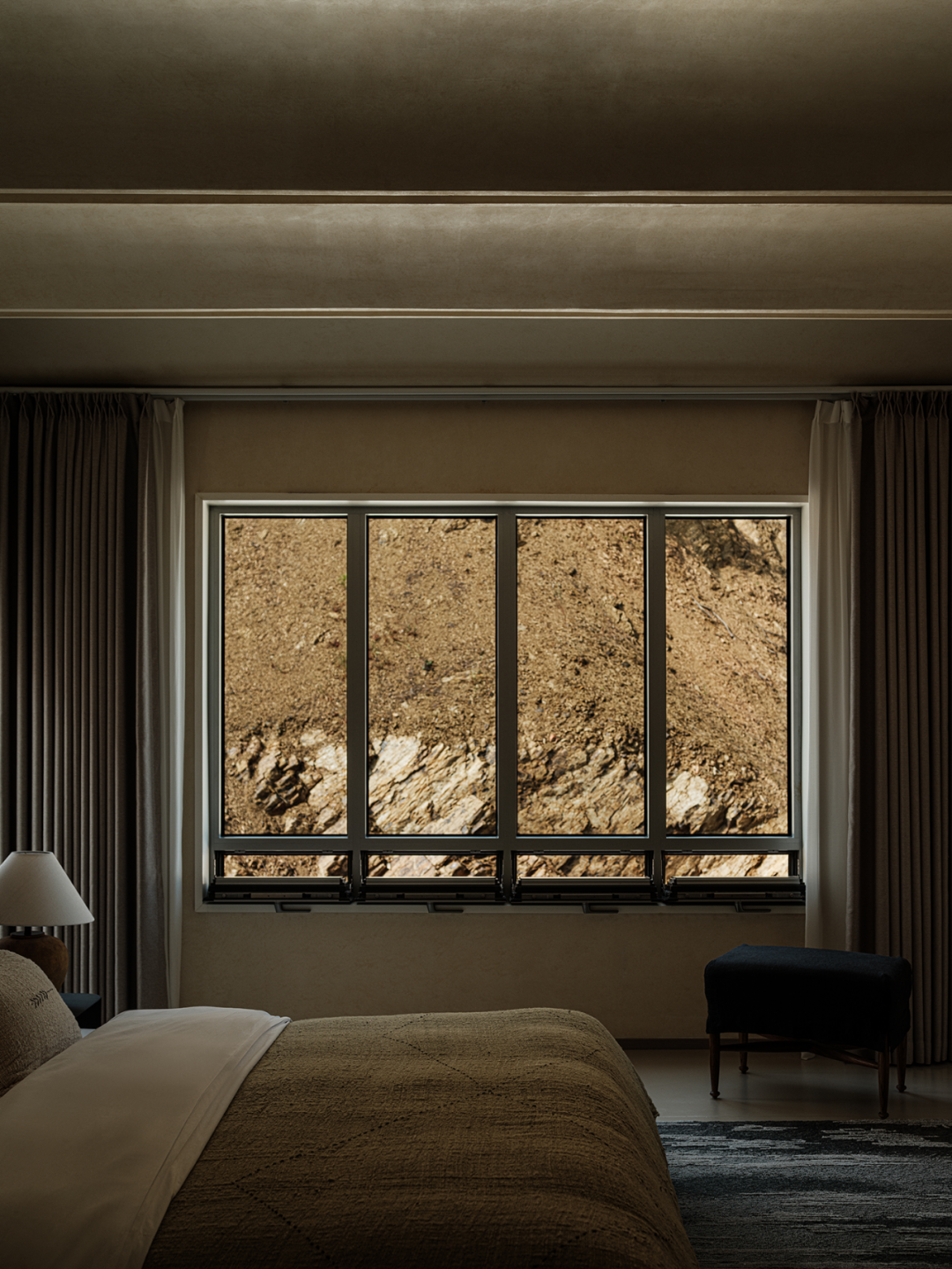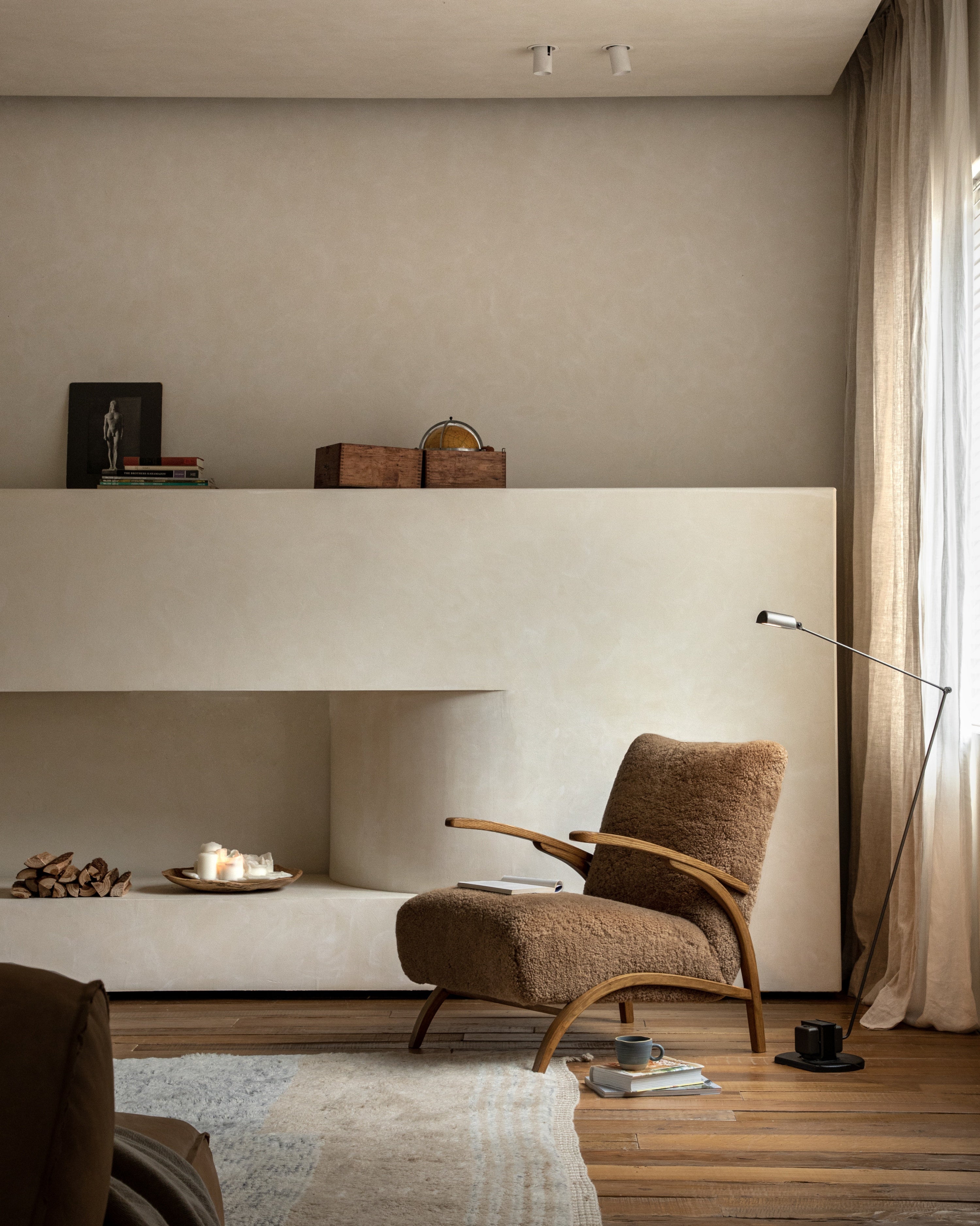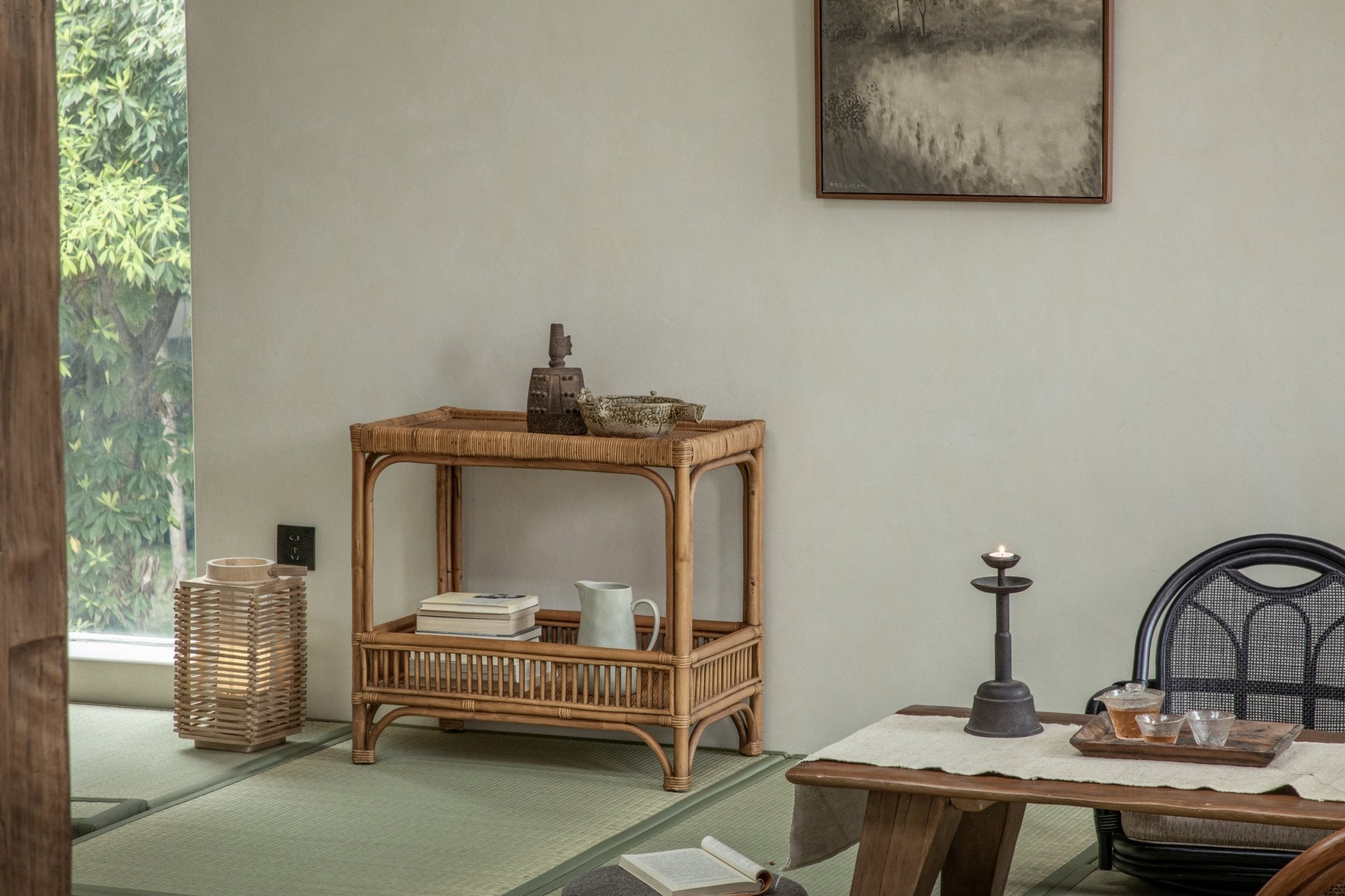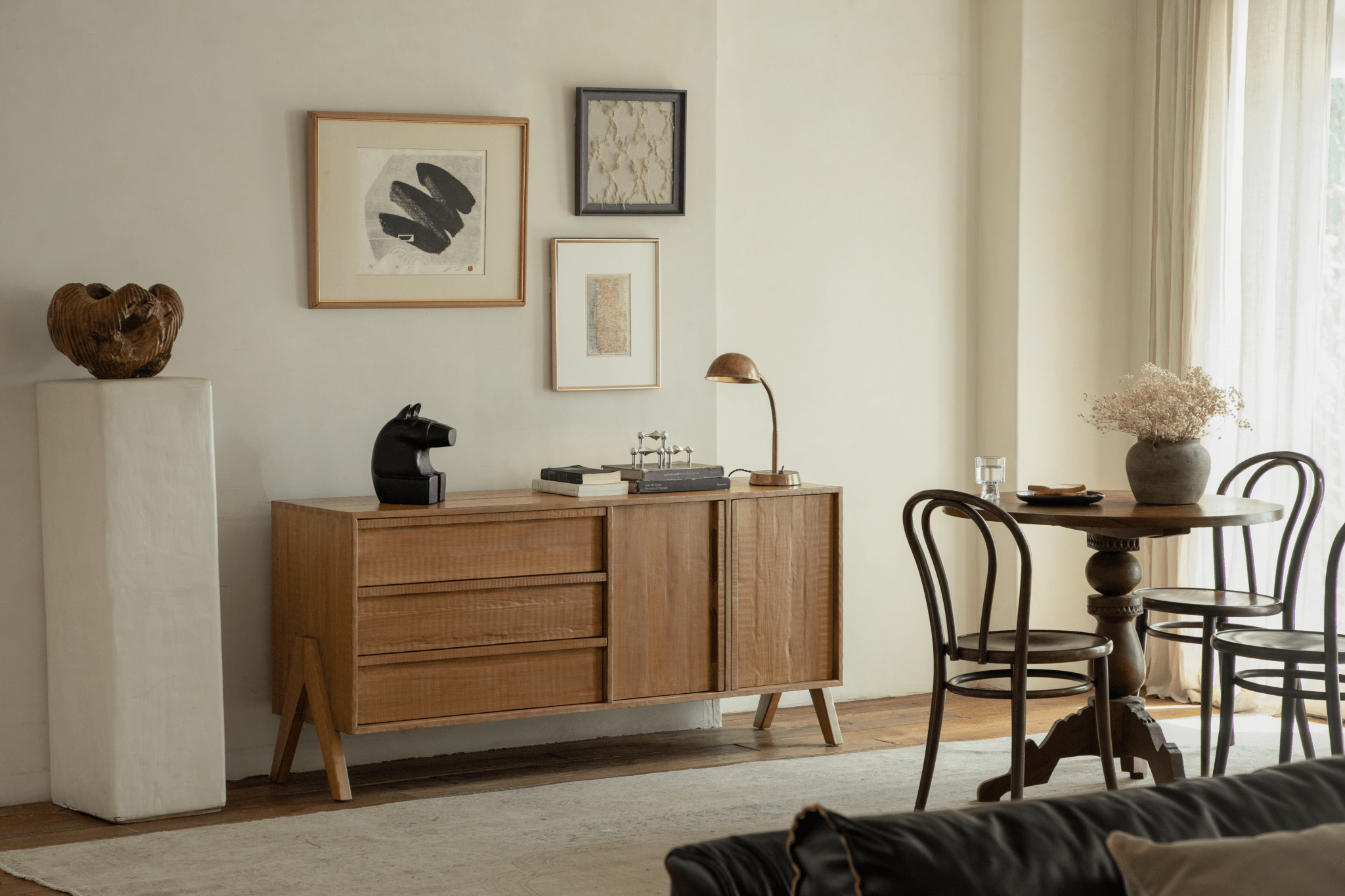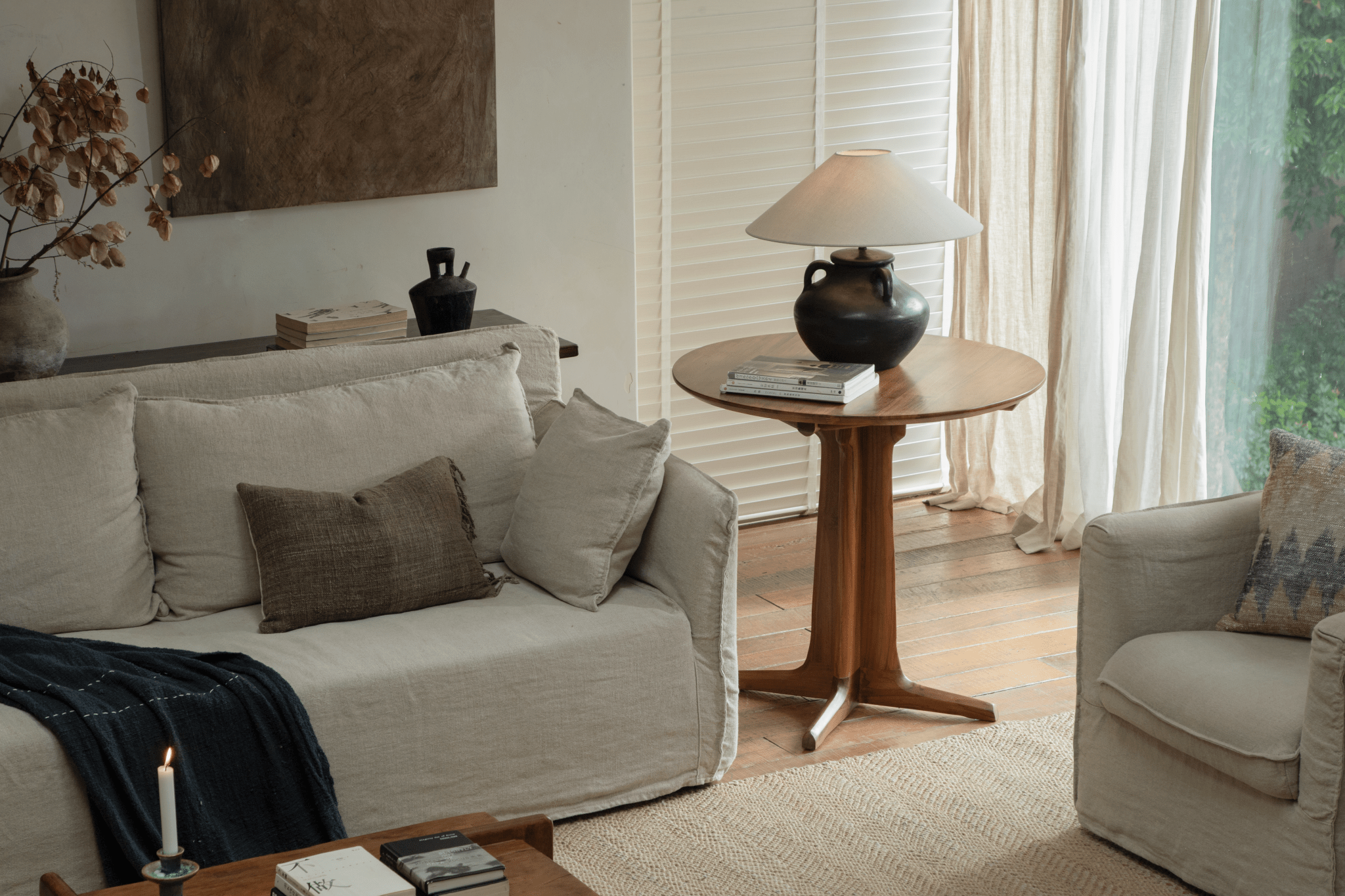
The 7 Biggest Furniture Arrangement Mistakes (And Simple Fixes)
Key Takeaways
To help you remember these simple fixes, here is a quick summary of the main points. Applying these ideas will drastically improve the flow and feel of any room in your home.
- Pull furniture away from the walls to create cozy, conversational zones.
- Arrange your seating around a clear focal point.
- Keep major pathways at least 30-36 inches wide for clear traffic flow.
- Use a rug that is large enough for the front legs of all seating to rest on it.
- Choose furniture that is properly scaled for the size of your room.
- Provide every seat with a nearby surface and layered lighting.
- Ensure every chair is part of a functional group or its own purposeful nook.
You've got a stylish sofa, a great coffee table, and a comfortable accent chair. But for some reason, the room just doesn't feel right. It might feel cluttered, cold, or just plain awkward to live in. Often, the issue isn't your choice in furniture, but a few common missteps in the furniture arrangement. Getting your layout right can completely change the look and feel of your home, making it more comfortable, spacious, and inviting. Below are the seven most frequent mistakes people make when arranging furniture, along with easy fixes that will transform your space.
Mistake #1: Pushing All Furniture Against the Walls
This is the most frequently made error in living room decorating. Most individuals believe pushing against the walls would allow for maximum openness and make a living room appear larger.
The Problem
But arranging your furniture as if you were in a waiting lounge does exactly what you don't desire. It provides a cold empty area in the centre of a room which is uncomfortable and unfriendly. Such an arrangement makes conversation a chore because people are forced to scream over a large open space. It is rather a dancing floor pre-music rather than a cosy living lounge.
The Simple Fix
The solution is to create cozy, functional zones. Pull your furniture away from the walls to establish a more intimate setting. Even a few inches can make a difference. In a living room, your sofa, chairs, and tables should relate to one another, not to the walls. Float your sofa in the middle of the room with a console table behind it, or arrange two chairs with a small table between them to form a distinct conversational nook. This approach to your living room furniture layout improves connection and creates a much warmer atmosphere.

Mistake #2: Ignoring the Room's Focal Point
Once you remove furniture away from walls, you also need to make a decision about how to orient it. A focus-neutral room disorients you and doesn't accomplish much, leaving your eyes to wander without direction.
The Problem
When you just put furniture in without a focal point in mind, the room does not know what its purpose is. Your sofa may end up facing one wall, a chair facing a different one so nothing feels connected. This type of arrangement can make a room feel unsettled and poorly planned. Your room requires a "star of the show" so everything else can converge around it.
The Simple Fix
First, identify your room's natural focal point. This could be a fireplace, a large window with a beautiful view, built-in bookshelves, or even a wall where you want to mount a television or display a large piece of art. Once you've found it, arrange your main seating pieces to face it. The primary sofa should be positioned opposite the focal point, with chairs placed on either side to complete the grouping. If your room has no obvious focal point, you can create one. A bold accent wall, a dramatic mirror, or a statement console table can all serve as a powerful visual anchor for your room layout.
Mistake #3: Blocking Traffic Flow
Now that your furniture is grouped around a focal point, consider how you and your guests will move through the area. A beautiful room is useless if it's difficult to walk through without bumping into things.
The Problem
When furniture blocks the walking paths, your room becomes an obstacle course. If you have to squeeze by the coffee table to sit on the sofa, something's wrong. It's not just annoying—it also makes the whole room feel crowded and smaller than it is.
The Simple Fix
Always think about your walkways first. Leave about 30 to 36 inches for your main walking paths. That's plenty of room to walk comfortably. A good test is to place your furniture and then try walking from the door to the couch. If you have to turn sideways, it's too tight and you should move things. This quick check helps make sure your room is easy to live in and looks open. If after rearranging, your space still feels cramped, the issue might be the scale of your furniture. In such cases, choosing a sofa designed for small spaces can be a game-changing solution.

Mistake #4: Using the Wrong Size Rug
A rug is a very important part of decorating. It can mark out an area, add a nice feel, and bring in color. But a wrong-sized rug can mess up the whole look of your room.
The Problem
The biggest mistake is using a rug that's too small. A tiny rug in the middle of the floor with only a coffee table on it makes your room look smaller. It also makes the furniture look like it doesn't belong together. The rug looks like a small island, and the furniture seems to be floating away from it. This makes your space look smaller and doesn't pull the room together.
The Simple Fix
Your rug should be big enough to connect your whole seating area. A good rule is to have at least the front legs of your sofa and other chairs on the rug. This connects all the furniture and makes the whole setup look like it belongs together on purpose. In a very big room, you might even have all four legs of every piece of furniture on the rug. If you're not sure, always pick the bigger rug.
Mistake #5: Disregarding Scale and Proportion
Beyond the rug, the size of every piece of furniture matters. The relationship between your furniture, and the relationship between your furniture and the room itself, must be balanced.
The Problem
This mistake goes both ways. A massive, overstuffed sectional sofa crammed into a tiny apartment living room will overwhelm the space and make it feel claustrophobic. Conversely, placing small, delicate furniture in a large room with high ceilings can make the pieces look lost and insignificant. When the scale is off, the room feels visually unbalanced and uncomfortable.
The Simple Fix
Measure everything. Before you buy a single piece, measure the dimensions of your room, including ceiling height and the locations of doors and windows. Then, measure the furniture you're considering. A great trick is to use painter's tape to outline the footprint of the furniture on your floor. This gives you a real-world sense of how much space a new sofa or table will occupy. Strive for a balanced living room furniture layout where pieces feel harmonious in size relative to each other and to the room. For instance, with a central piece like the coffee table, getting the coffee table's size and shape right in relation to the sofa is critical for a balanced look.
Mistake #6: Forgetting About Surfaces and Lighting
A great furniture arrangement is about more than just the big pieces. The smaller, functional details are what make a room truly livable, yet they are often an afterthought.
The Problem
You've set up the ultimate seating nook, but once a guest sits down, there is nowhere for their coffee cup or phone. Or maybe the whole room is fixed up with a single harsh overhead light that creates unflattering shadows. A room with no convenient surfaces and no proper lighting is a room that won't be used to its full potential, no matter how great the layout is.
The Simple Fix
First, ensure every seat gets a surface within easy reach. That can be a shared coffee table or an individual side table. No one should have to stand up out of their chair in order to put a glass down. Second, layer lighting. There should always be three types in any particular room: ambient (general lighting emanating from ceiling units), task (spot lighting for tasks like reading, which is provided by floor or table lamps), and accent (spot lighting for accentuating features like paintings). This combination creates a warm, inviting, and functional atmosphere.

Mistake #7: The Lonely, Isolated Chair
Finally, every piece of furniture needs to feel like it belongs. One common oversight is the sad, lonely accent chair that gets placed in a corner by itself, away from the action.
The Problem
This chair is an "orphan" piece. It's too far from the main seating group to be part of a conversation, so it rarely gets used. It ends up as a permanent placeholder, collecting dust or becoming a drop zone for clothes and bags. It doesn't contribute to the room's function and can look like a planning error.
The Simple Fix
Make sure every seat in the room has a purpose. Integrate that lonely chair into the primary conversational group. Angle it toward the sofa so that someone sitting there can easily chat with others. If the room's layout truly doesn't allow the chair to join the main group, give it its own purpose. Create a separate, smaller zone—a reading nook—by pairing the chair with a floor lamp and a small side table. This turns a forgotten corner into a charming and useful spot.

Put These Furniture Layout Tips into Action
You won't need a lot of money or a professional designer for a wonderful room design. You only need a fresh look at what you already own and some motivation in redistributing everything around. Try a few simple solutions out and notice just what a wonderful effect it makes. By steering clear of such simple blunders, you can design a room not only which is nicer to look at but also cozier and more functional for everyday living!
3 FAQs for Errors in Arranging Furniture
Q1: How much space should I leave between a sofa and a coffee table?
A: The optimum distance is 14 to 18 inches. Far enough so you can set a drink down or reach for a book but still allows ample legspace. This is a key part of any good furniture spacing guide.
Q2: What if my room doesn't have a natural focal point?
A: You can create it yourself. A focal piece for a main wall, a fashionable media console, or a bold color accent wall are all great focal points you can use in an effort to ground your furniture arrangement.
Q3: Can my sofa face away from the door?
A: Definitively. Many open-concept living spaces require it. To make it feel effective, though, make sure there is a direct path into the seating area. Positioning a narrow console table behind the sofa can help distinguish the area and make the arrangement feel more thoughtful and inviting.
